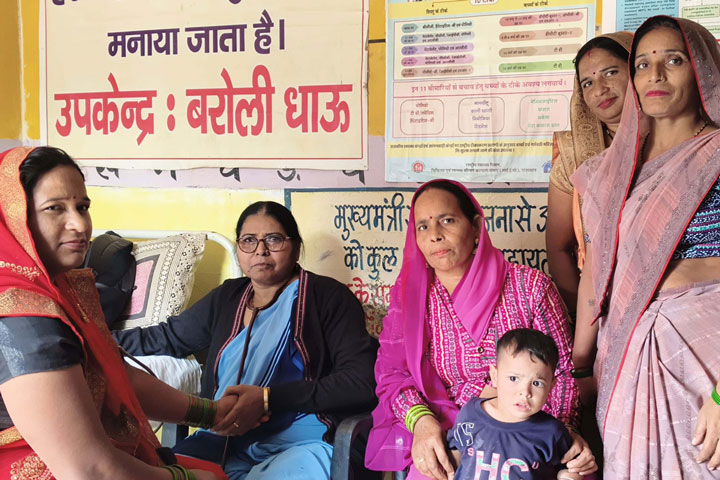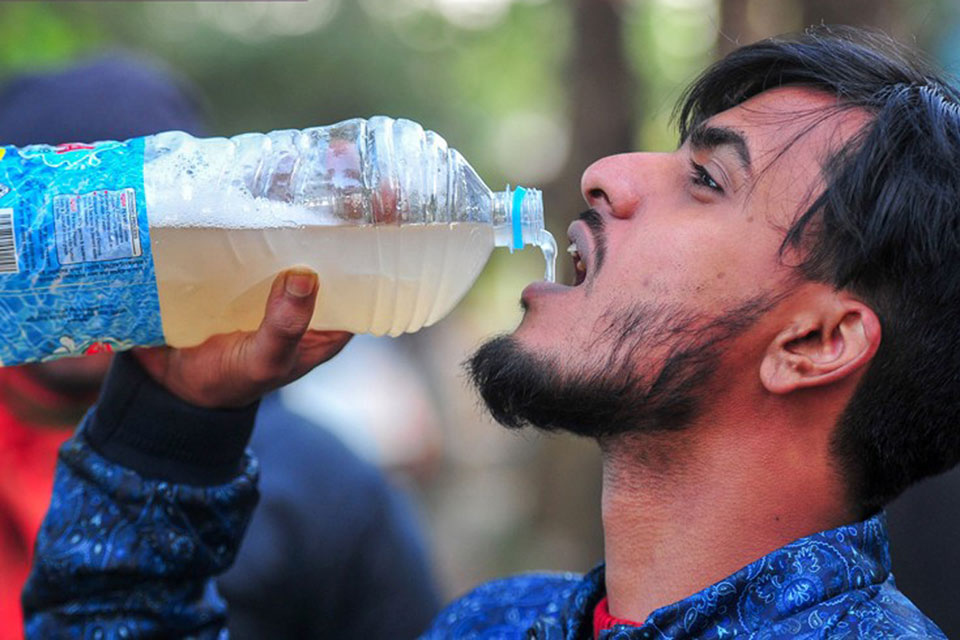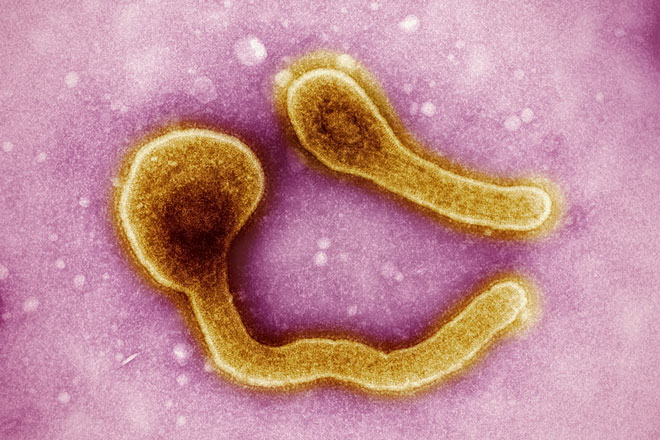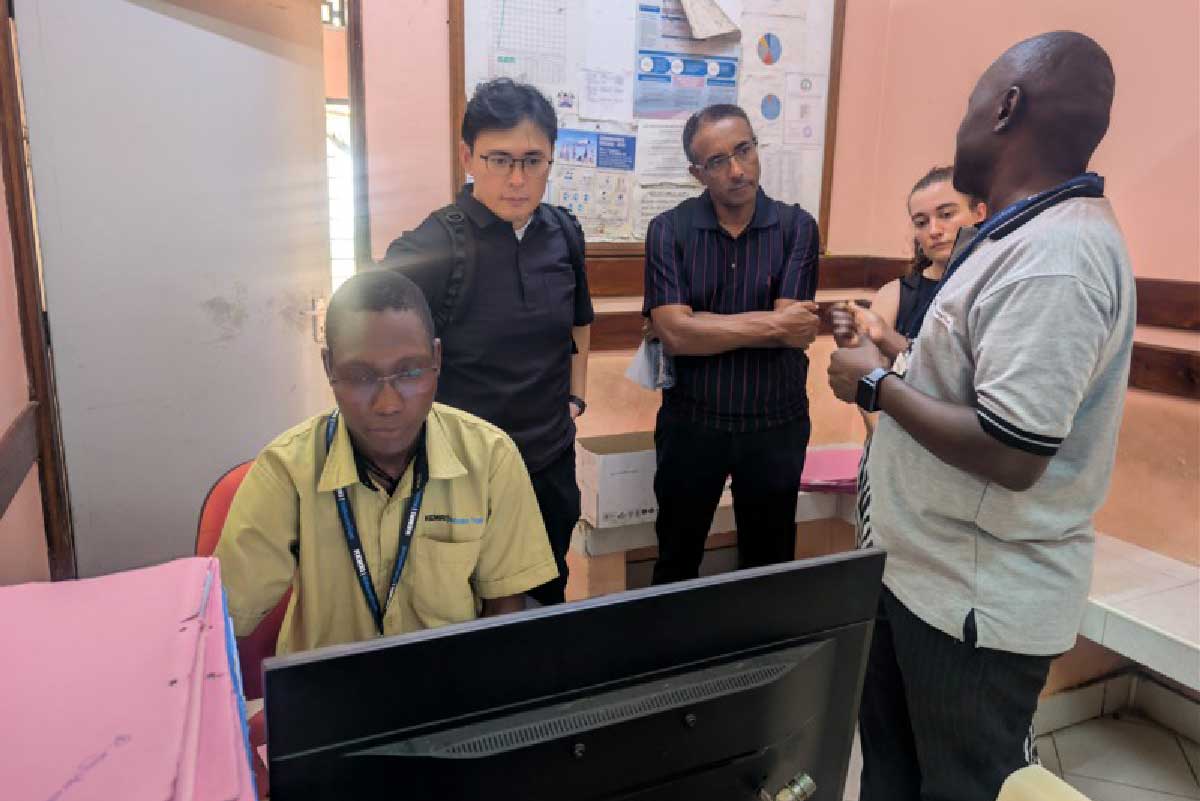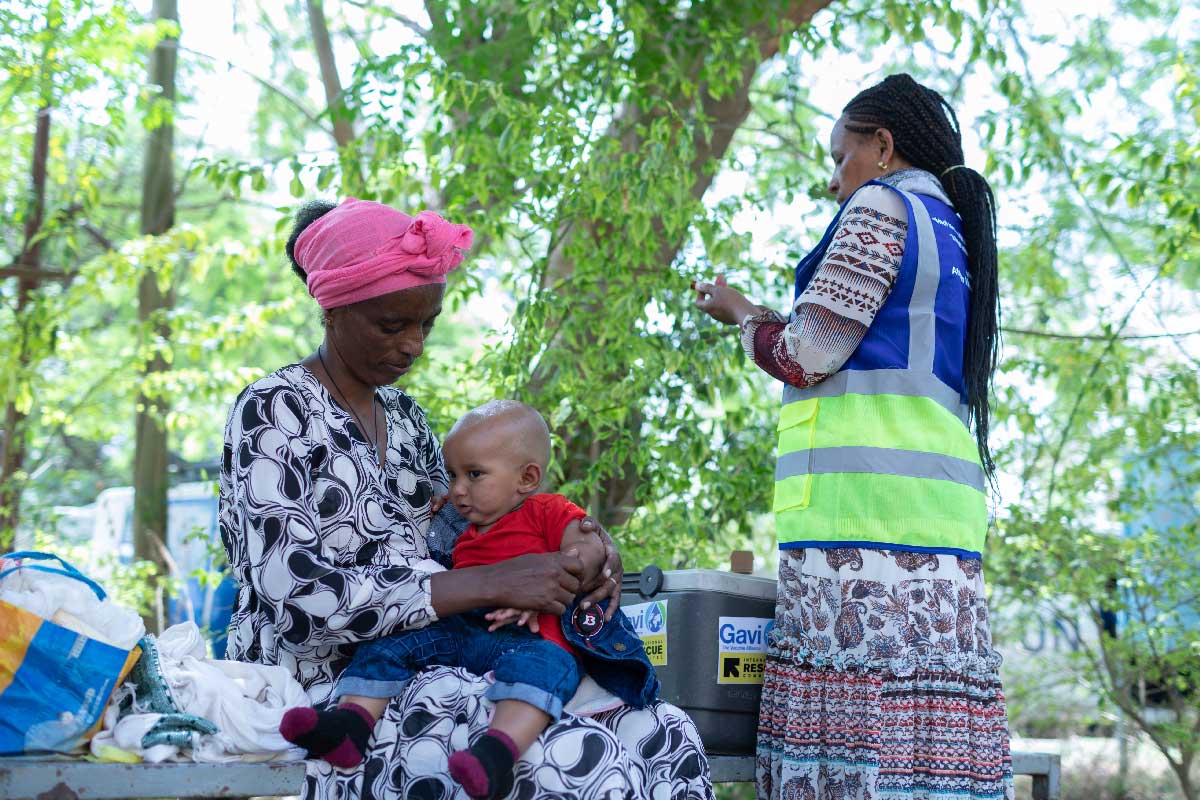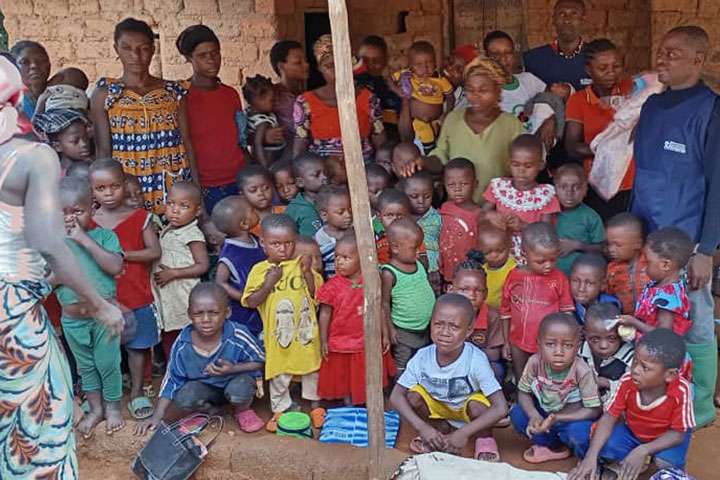New review finds vaccines could drastically reduce global hearing loss in children
Millions of children could be protected from life-altering hearing loss through better vaccine access.
- 27 March 2025
- 3 min read
- by Priya Joi

Vaccines are a hugely underrated way of preventing hearing loss in children, especially in low- and middle-income countries, according to a new review in Nature.
In Africa alone, an estimated 136 million people are currently living with hearing loss, and this is expected to almost triple to 337 million by 2050. Unaddressed hearing loss is estimated to cost the global economy US$ 980 billion every year.
Globally, an estimated 70 million children aged 0–15 years are affected by a loss of hearing. Viral infections are thought to be responsible for around 40% of those cases of hearing loss.
Vaccine-preventable infections that cause hearing loss include measles, meningitis, rubella, malaria and Ebola.
Hearing loss is especially traumatic for children because it affects language development and learning, leaving them at a life-long disadvantage.
This is especially the case in low- and middle-income countries where there is less ability to manage hearing loss and children may have to drop out of school, which then significantly affects their future livelihoods.
Which vaccines protect against hearing loss?
The review identified 26 distinct known or suspected infectious causes of hearing loss that are preventable or possibly preventable through vaccination.
The scoping review included 19 vaccines, comprising 10 vaccines currently in use and 9 vaccines in the WHO development pipeline, addressing 16 infectious causes of hearing loss.
Vaccine-preventable infections that cause hearing loss include measles, meningitis, rubella, malaria and Ebola.
Bacterial meningitis is a major cause of permanent hearing loss, with approximately 8% of survivors suffering from it. The most common cause of hearing loss is the infection spreading to the cochlea, damaging the hair cells.
Have you read?
These hair cells are crucial in hearing – they convert mechanical energy from sound waves into electrical energy that is sent to the central nervous system via the auditory nerve. The bacteria might also affect hearing through inflammation of the auditory nerve.
Congenital rubella syndrome (CRS) is another leading cause of hearing loss. Babies born with it often have lifelong deafness, heart defects and developmental delays.
Measles can lead to post-infectious hearing loss, especially in children already malnourished or immunocompromised.
The impact echoes through life
Many countries in Africa and Asia have a shortage of audiologists – in Africa, there is fewer than one for every million people. Hearing aids are often inaccessible or too costly for many in low- to middle-income countries – in Africa, only 2% of those who need hearing aids in Africa wear them.
This body of evidence signals that vaccination has much greater scope than previously appreciated as a strategy for prevention of hearing loss due to congenital and infectious causes.
Without early detection or access to hearing support, children often have language and speech delays. Hearing loss during critical language development years affects communication for life. Many children with hearing loss in lower- and middle-income countries are not accommodated in mainstream education.
In addition, in cultures where disability is misunderstood or stigmatised, children may face lifelong stigma or social isolation. All of this contributes to limited employment opportunities later in life, contributing to a cycle of poverty.
Preventing hearing loss in the future
Even though vaccines protect against a wide range of pathogens that damage hearing, say the authors, there has been very little research on the real-world benefits of vaccination on hearing loss.
The authors conclude: “This body of evidence signals that vaccination has much greater scope than previously appreciated as a strategy for prevention of hearing loss due to congenital and infectious causes.”
More from Priya Joi
Recommended for you
